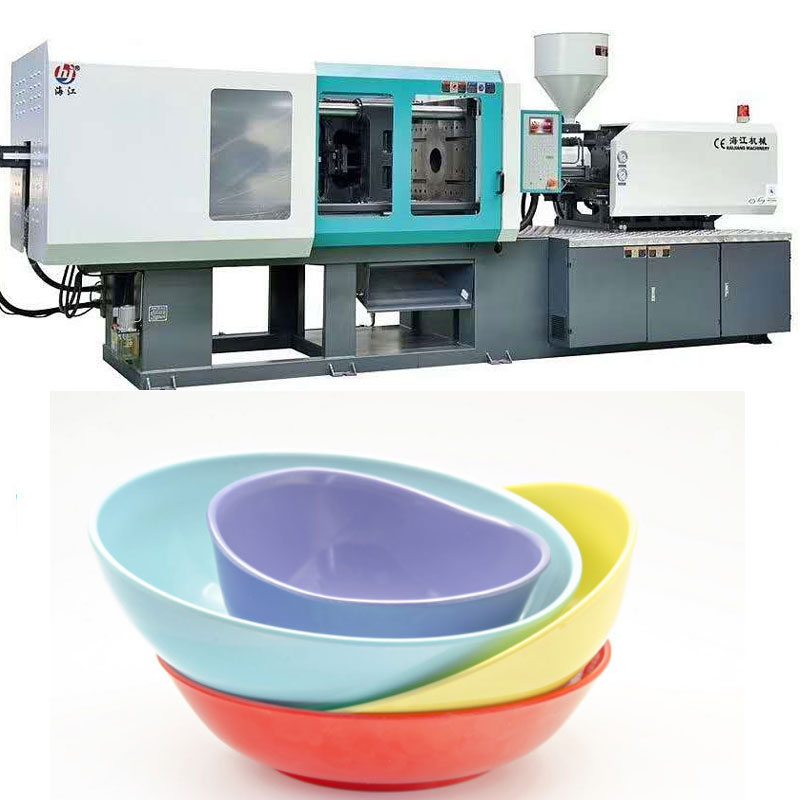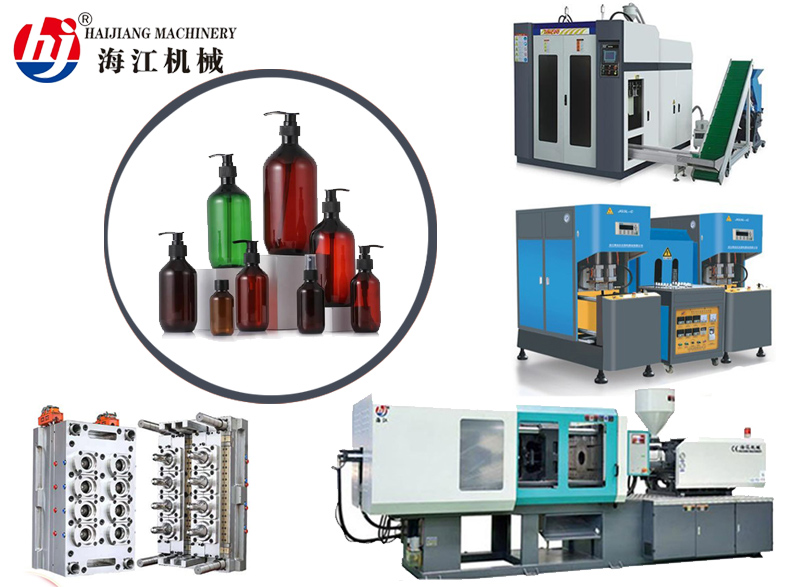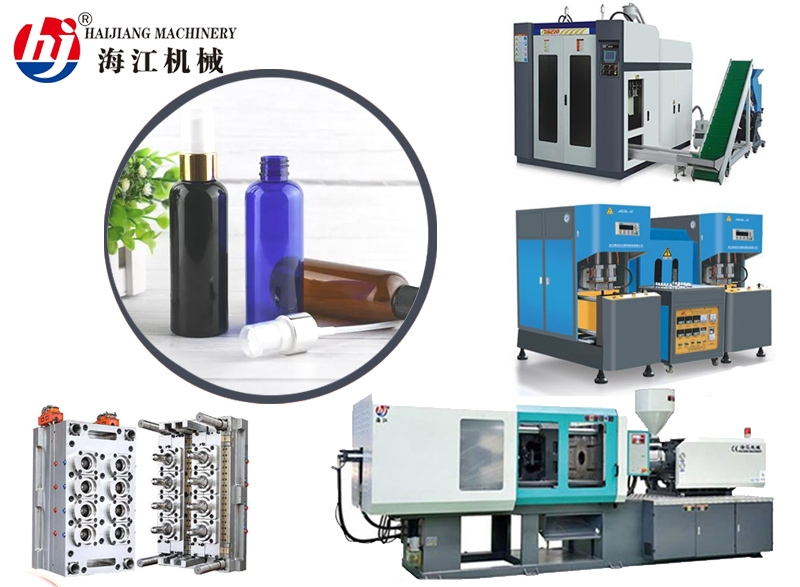Polymer injection molding is a process used to manufacture plastic parts by injecting molten plastic material into a mold. An injection molding machine consists of a hopper, which feeds the polymer pellets into a barrel, where they are melted by heaters and a screw. The screw then injects the molten polymer into the mold cavity, where it cools and solidifies into the desired shape. Injection molding machines come in a range of sizes and capabilities, and can be used to produce a wide variety of plastic parts for a variety of applications. The process is widely used in the production of plastic products, such as automotive parts, electronic components, medical devices, and household goods.
what is polymer?
A polymer is a large molecule made up of repeating chemical units, known as monomers, connected by chemical bonds. Polymers can be found in a variety of forms, including solids, liquids, and gases, and can be natural or synthetic.
Natural polymers include substances such as proteins, nucleic acids, and rubber, which are found in living organisms. Synthetic polymers, on the other hand, are made by humans through chemical processes and are used in a wide range of applications, including the manufacture of plastics, fibers, resins, and elastomers. Some common examples of synthetic polymers include polyethylene, polypropylene, polyvinyl chloride (PVC), and polystyrene.
Polymers can have a wide range of properties, depending on their specific chemical structure and the way they are synthesized. They can be strong and stiff, or flexible and elastic. Some polymers are resistant to heat and chemicals, while others are biodegradable. The properties of a polymer can be modified by adding chemical additives or through various processing techniques, such as crosslinking or blending with other materials.





